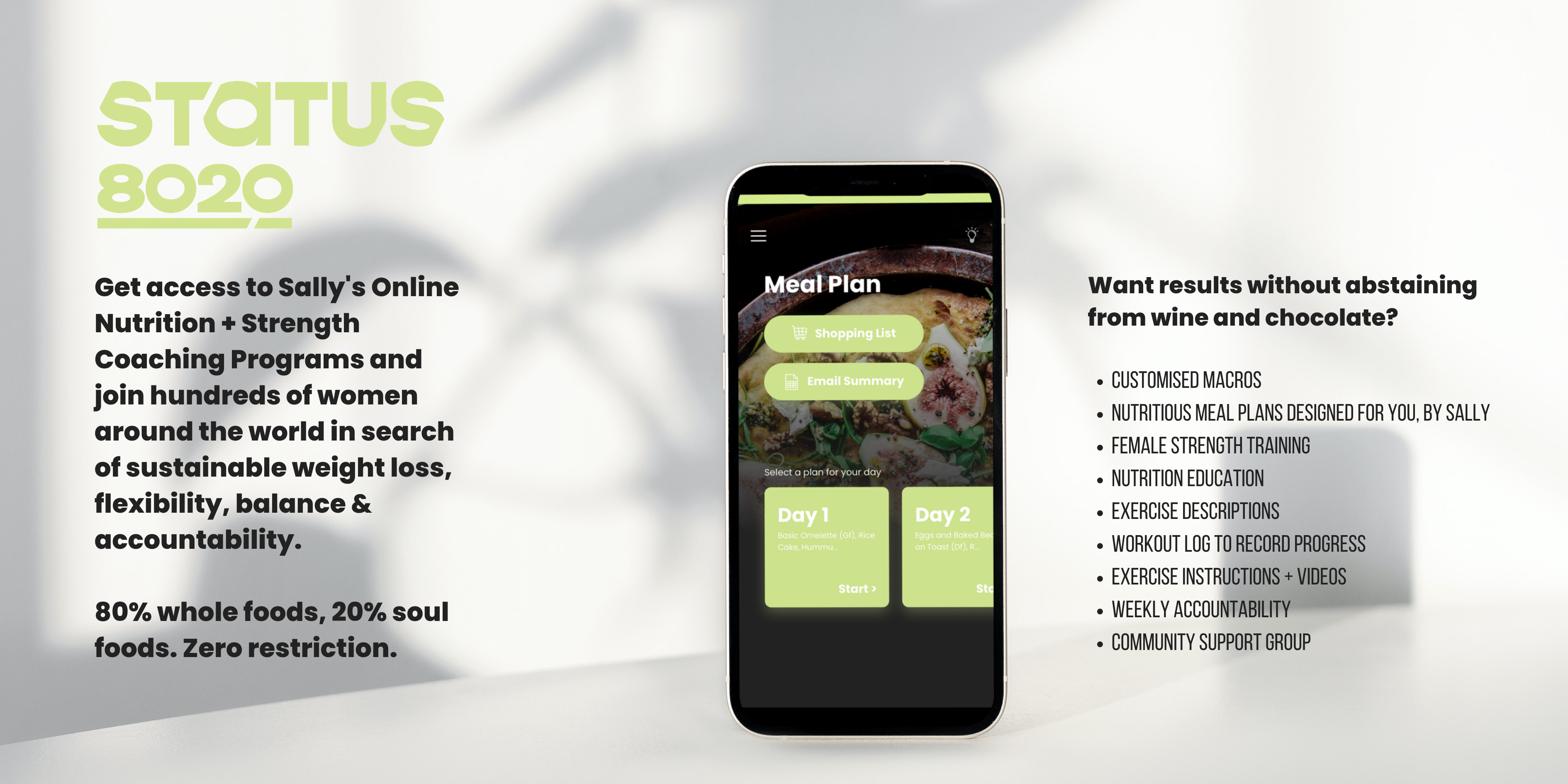With more than 7% of Australians now being diagnosed with Irritable Bowel Syndrome (IBS), it is likely that you, or someone you know may suffer from this debilitating condition. Research shows that following a low FODMAP diet is the best way of managing your symptoms and IBS overall. But what are FODMAPs Here I’ll explain everything you need to know about FODMAPs and the FODMAP diet.
What are FODMAPs?
FODMAPs stands for Fermentable Oligosaccharides, Disaccharides, Monosaccharides and Polyols, which are all different types of carbohydrates. When these carbohydrates are poorly absorbed in the small intestine it can result in increased water being drawn into the gut – causing diarrhoea for some people. For others, the carbohydrates travel to the large intestine where they are fermented by bacteria, producing gas. This gas can lead to additional symptoms of IBS including bloating, constipation, flatulence, pain and nausea. As I’m sure you are gathering, these symptoms aren’t pleasant!
To complicate it further some low FODMAP foods can still contribute to IBS. Things like fatty foods, caffeine, alcohol, too much fibre or too little fibre, medications and even stress may also influence your symptoms. If any of this sounds familiar to you then you might be surprised to discover that you could suffer from IBS.
The FODMAP diet
In order to control your IBS, you must first start by identifying what your triggers are.
The FODMAP Challenge is a 12-week program based on an elimination approach. For example week 1 – 4 focuses on eliminating high FODMAP foods and incorporating more low FOMAP foods into your diet. This elimination of high FODMAP foods can help control your IBS and it’s important to remember that more often than not it’s more than one of these high FODMAP foods that could be contributing to your symptoms!
IBS symptoms can often occur when there is an increased consumption of one or more of your “triggers”, or foods that you are intolerant to. For example, if you have apple, avocado and apricots all in the one-day, this could be too much for you to tolerate. However if you only have avocado the quantity may be fine for you to eat without getting any symptoms. This can make it super tricky to work out what is causing your discomfort!
The High’s and Low’s of FODMAP foods
High FODMAP foods that are typically avoided on a FODMAP diet include;
- Asparagus, onion, garlic, cabbage, celery, sweet corn, legumes, apples, pears, mango, watermelon, yoghurt, cow’s milk, soft cheese, ice cream, wheat-based breads, cereal, pasta, cashews and pistachios
Low FODMAP foods that you can enjoy include;
- Cucumber, carrot, lettuce, tomato, zucchini, banana, orange, mandarin, grapes, lactose-free milk and yoghurts, hard cheese, meats, fish, gluten-free breads and pastas, quinoa and rice
What is the process?
Through reducing consumption of high FODMAP foods, symptoms of IBS can clear up in a matter of weeks! This is where a low FODMAP diet comes into it. A strict low FODMAP diet is a diagnostic tool, helping you to identify your trigger foods, and it is not a recommended long-term diet plan.
Once it has been determined what FODMAPs are causing grief, moving through a series of food challenges is essential to help determine which FODMAPs are an individuals’ triggers.
What are the challenges?
The challenges are a process whereby the high FODMAP foods are reintroduced back slowly, week by week. It’s really important that this is done with the guidance of an experienced dietitian. There are eight challenges in total, spanning over an eight week period… one FODMAP a week! For example, for the lactose challenge its recommended to consume about 1-2 cups of milk per day for up to four days (less if your symptoms return!). The milk is reintroduced in to the diet in a natural way, with your morning coffee, breakfast cereal or a smoothie… or any other way you wish. Aside from that, the diet otherwise remains low FODMAP. Once the challenge is done, you return to being low FODMAP for a few days, then move onto the next FODMAP.
Most people do not react to all the high FODMAP groups of foods. Identifying these means that we can re-introduce the groups of foods that weren’t a problem, then determine tolerance levels of those that were.
What else should I consider?
Other things can trigger symptoms of IBS. These include fatty foods, spicy foods and caffeine. Stress and anxiety also play a key role in symptom management; managing these helps with reducing symptoms.
If the above sounds a little too familiar, determining your triggers with support from a dietitian is the best way forward. Check out The FODMAP Challenge for recipes, meal plans and lots of support to help you figure out your triggers. The second round of The FODMAP Challenge commences on September 1st, register at http://fodmapchallenge.com.
About Chloe McLeod:Chloe McLeod is an Accredited Practicing Dietitian and Sports Dietitian passionate about motivating Australians to create positive relationships with food and educating them on making holistic health changes so they live the best lives they can. Specialising in sports nutrition, nutrition for arthritis and autoimmune conditions, irritable bowel syndrome (IBS) and food intolerances, Chloe also enjoys working with people to improve their general wellbeing, weight management and eating disorders.


